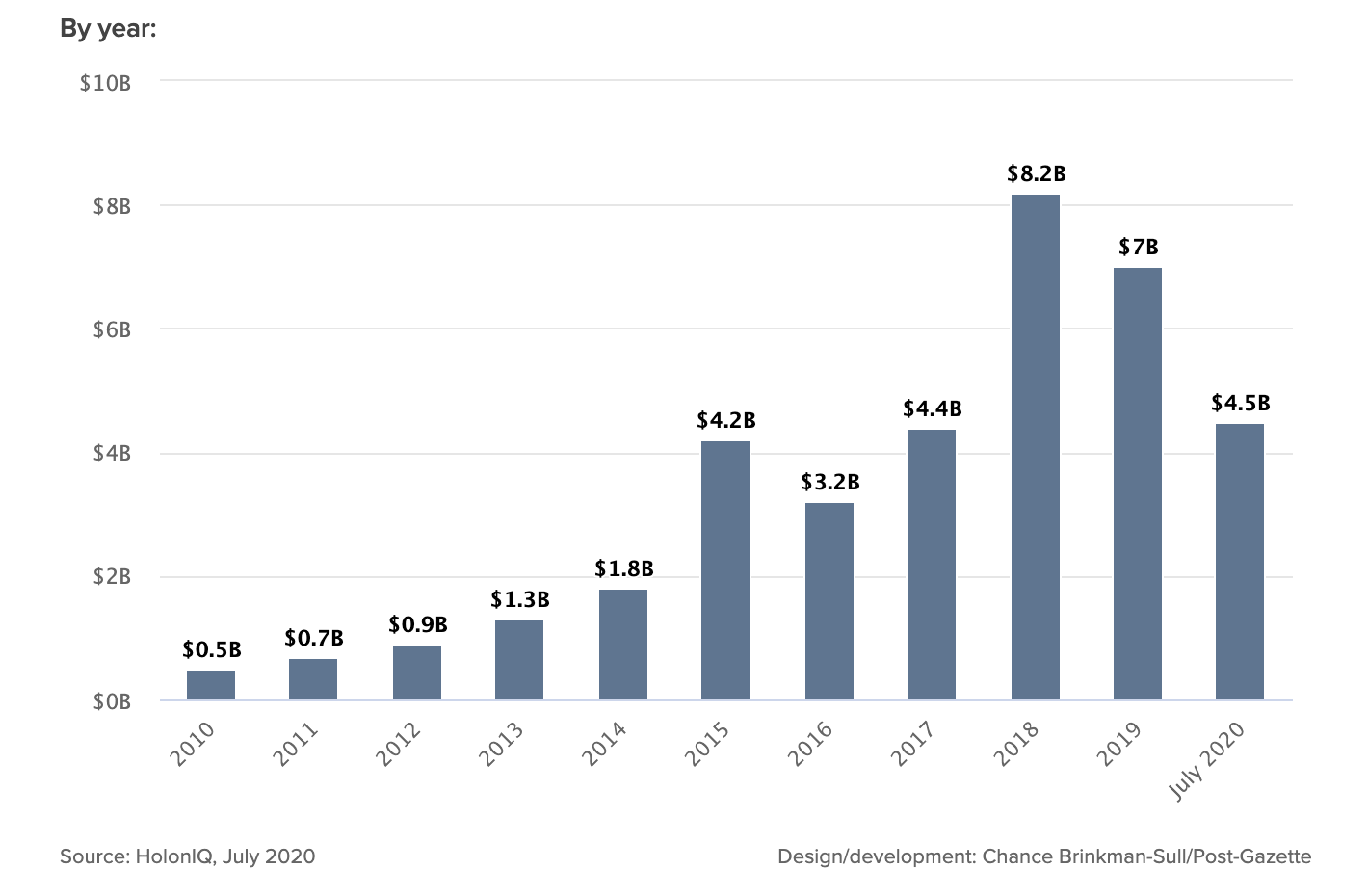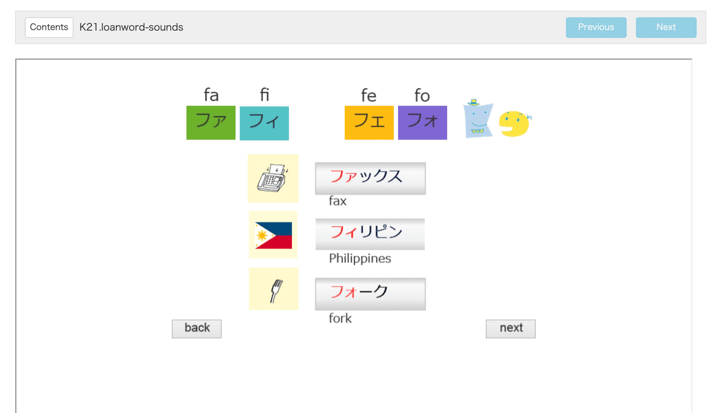Online learning: out-of-the-box platforms vs custom-made solutions

In this article, we try to answer the following questions, “What kind of software do online course providers use?” “When should the company use an out-of-the-box solution and when does it make sense to write your own piece of software?”
One thing to note before we start – we will talk primarily about commercial, for-profit course providers. Civil educational institutions tend to be government-regulated and, quite honestly, poorly funded. So they have less freedom as to what software to use.
Ed tech market, a quick overview
Since the beginning of 2020, many schools and colleges switched to remote learning, if only temporarily/partly. One may think that this has made a lot of ed tech firms rich, but it is far from the truth. It was mostly the likes of Coursera and similarly big players who solidified their positions in the market. Many smaller providers felt the moral obligation to give away their software for free or at a discount. This left them on the verge of bankruptcy, because their cloud computing and support bills went up, while their profits didn’t.
On the bright side, investments in ed tech have been on the rise, although mostly thanks to the growth of AR/VR and the coronavirus situation (so it’s questionable whether there would be much growth if it wasn’t for the rise of AR/VR and/or the pandemic).

Out-of-the-box platforms
There are many ready-made systems that allow users to create, market, and monetize online courses. These platforms usually offer the following set of features:
- A site builder
- A video management mechanism
- Some payment gateway integrations
- A sign up process and followup emails
- Course automation (email notifications, steps completed)
- Marketing options
- Etc.
As a rule, these platforms are white-label, which means you as a course provider can have a third-party system under the hood, but it will be under your brand name.
Course marketplaces
At the same time, there are eBay-esque course marketplaces that give course providers an opportunity to market and sell their courses, but the latter are tied to the marketplace. For example, some time ago, I took “The 4-Minute Peaceful Warrior Workout” course by Dan Millman. This course is hosted by DailyOM Courses, a course marketplace that offers thematic courses on wellness, mindfulness, self-growth, etc.

Course marketplaces like these (places like Coursera) usually let one create a landing page for their course, embed videos, send course-related emails and/or email notifications, help students track their progress, and more.
Custom-made solutions
Some courses are too complex and are impossible to digitize with a ready-made template. In this case, if the company wants to teach this course remotely, they need specialized, custom-made software for that.
One example I can think of is the Japanese language course from the Institute of Kansai and Japan Foundation. It’s a really complex software system with unique features like the virtual Japanese keyboard and short videos demonstrating the order of Kanji strokes. Another example is a course from Moscow State University that I took recently. It had a searchable integrated library of .pdf textbooks and automated tests. So solutions like these normally have a unique set of features, specific to the course.

Now, how much a custom solution like that could cost? While it depends, research by Chapman Alliance suggests that a custom-made, 10-hour eLearning system may cost from $100,000 for a basic solution to roughly $500,000 for an intuitive, highly interactive solution.
In conclusion
At the end of the day, it is up to you to decide whether you want to go with an out-of-the-box platform (which is definitely cheaper and more straightforward) or create a custom-tuned solution.
And if you have any questions about developing eLearning software, please ping our developers here at ObjectStyle – we’ll be happy to help!
Related Blogs

Ed-tech market trends and investment opportunities
Read Article